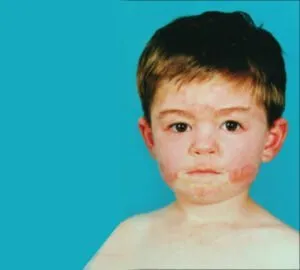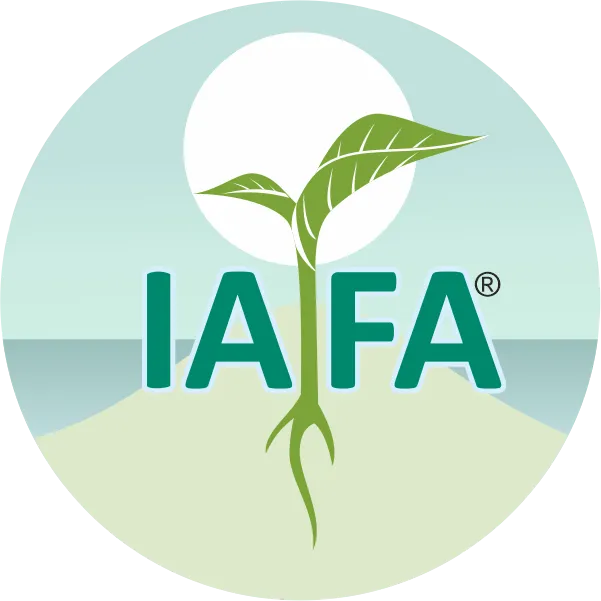On This Page
Systemic Lupus Erythematosus (SLE) – Causes, Symptoms, and Ayurvedic Treatment
रक्ते शोफोऽति-रुक्तोदस्ताम्रश्चिमिचिमायते।
स्निग्ध-रूक्षैःशमंनैतिकण्डू-क्लेद-समन्वितः॥
Lupus is a chronic inflammatory autoimmune disease with a wide range of clinical presentations resulting from its effect on multiple organ systems. There are four main types of lupus: neonatal, discoid, drug-induced, and systemic lupus erythematosus (SLE), the type that affects the majority of patients. Patients with lupus experience a loss of self-tolerance as a result of abnormal immunological function and the production of autoantibodies, which lead to the formation of immune complexes that may adversely affect healthy tissue. SLE is a chronic disease that affects various organ systems, primarily as a consequence of the formation and deposition of autoantibodies and immune complexes, leading to eventual organ damage.
Due to the close similarity of its symptoms, this disease is compared to Raktadhika Vata Rakta. Vata Rakta is considered to be the finest illustration of Avarana (obstruction) Vyadhi. Right from its etiopathogenesis to its complications, the illness follows the characteristic presentation of Avarana. Due to indulgence in aahara (food) and vihara (lifestyle) that causes the vitiation of Vata dosha and Rakta dhatu, there occurs marga avarodha of vata by dushita Rakta. This leads to further vitiation of Vata dosha which in turn vitiates Rakta dhatu furthermore to result in the lakshana utpatti of Vatarakta.
Causes of Systemic Lupus Erythematosus
As SLE is an autoimmune disorder, normal variations (polymorphisms) in many genes can affect the risk of developing SLE, and in most cases, multiple genetic factors are thought to be involved. In rare cases, SLE is caused by mutations in single genes. Sex hormones and a variety of environmental factors including viral infections, diet, stress, chemical exposures, and sunlight are also thought to play a role in triggering this complex disorder.
Symptoms of Systemic Lupus Erythematosus
- General signs and symptoms observed in SLE include fever, fatigue, and weight loss. The skin, musculoskeletal system, and pulmonary system are primarily affected.
- SLE patients who report symptoms involving the skin most commonly have a red rash on the nose and cheeks following exposure to the sun. This “butterfly” rash is identified in a significant number of SLE patients at some point during the disease course.
- Patients experiencing photosensitivity reactions also report skin rashes on other areas of the body that were exposed to the sun.
- Other symptoms associated with skin manifestations include alopecia, Reynaud’s phenomenon, and sores in the mouth or nose.
- Musculoskeletal involvement includes arthralgias, myalgias, and/or arthritis. Arthritis can affect any minor or major joints, commonly presenting as painful, stiff joints accompanied by either occasional or persistent inflammation.
- Patients with pulmonary symptoms report painful breathing, coughing, and shortness of breath. Pleural effusion and pulmonary hypertension.
- SLE also affects the cardiovascular, gastrointestinal, renal, and hematological systems, as well as the central nervous system (CNS). Cardiovascular effects often include pericarditis, myocarditis, endocarditis, and coronary artery disease.
- SLE patients with CNS manifestations may experience headaches, depression, anxiety, seizures, stroke, or cognitive impairment.
- Renal involvement in SLE typically results in diminished kidney function, which may result in elevated serum creatinine levels and proteinuria.
Ayurvedic Reference of Systemic Lupus Erythematosus


“Dr. Gupta’s IAFA aspires to be the destination of choice for people seeking authentic Ayurveda healthcare. Institute of Applied Food Allergy® ensures that our health care system better meets the needs of all about your health.”
Making health care better. Together.!!! Dr. Gupta’s IAFA for your health concern.
– Dr. Sahil Gupta (B.A.M.S., M.H.A.)
Ayurvedic Allergy Specialist
CEO & Founder of IAFA®
At last, Easier Systemic Lupus Erythematosus Management

Trusted by
More than 90,000 Patients

Convenient
at-Home Treatments

9.2 / 10
Customer Satisfaction Score
Ayurvedic Treatment for Systemic Lupus Erythematosus
As we are incorporating SLE under Raktadhika Vatarakta due to its similarity in the exhibition of clinical features, it has to be treated with, Virechana (purgation), Ghrita ksheera pana (intake of medicated ghee or milk), Seka (pouring of medicated decoctions over body), Vasti (medicated enema) and Sheeta nirvapana (application of pastes for cooling).
Internal Medicines for SLE
- Arogyavardhini Vati
- Gokshuradi Guggulu
- Kaishore Guggulu
- Amruthadi Guggulu
- Punarnavadi Guggulu
- Simhanada Guggulu
- Dashamoola Kwatha
- Manjishtadi Kwatha
- Guluchyadi Kwatha
- Amrutadi / Amruttotara Kwatha
- Rasnerandadi Kwatha
- Rasnapanchakam kwatha
- Rasna Saptaka Kwatha
- Guggulu Tiktakam Ghrita
- Guduchyadi Ghrita
- Satavari Ghrita
- Sukumaraka Ghrita
- Jeevaniya Ghrita
- Bhallataka Ghritam
- Chyavana Prasa
- Vardhamana Pippali
External Therapies for SLE
- Avagahana (Tub Fomentation)
- Lepa (Anointment) – Madhuchista, Dashanga, Tagaradi, Prapoundarikadi / Sata doutha Ghrita, Krishna Tila
- Upanaha (Poultice) – Tila pinda upanaha
- Seka (Irrigation of medicated liquids)
- Dhara – Dasamoola ksheeradhara
- Abhyanga (Massage) – Pinda thaila, Madhuyashtyadi, Bala and Dhanvantara thaila Guducyadi thaila, Narayana thaila, Kottam chukkadi thaila and chinchyadi thaila
Purificatory Therapies for SLE
- Vamana (Emesis Therapy)
- Virechna (Purgation Therapy)
- Vasthi (Enema Therapy)
Single Herbs Used in Systemic Lupus Erythematosus
- Guduchi (Tinospora cordifolia)
- Saribha (Hemidesmus indicus)
- Guggulu (Commiphora mukul)
- Shilajit (Asphaltum)
- Bhallataka (Semecarpus anacardium)
- Erandamoola (Ricinus Communis)
- Patola (Trichosanthes dioica)
- Sunti (Zingiber officinale)
Diet Management in Systemic Lupus Erythematosus
Do’s (Pathya) in SLE
- Cereals like old barley, wheat, nivara (a type of wild rice), Shali as well as Shastika (type of rice) should be included in diet.
- Mamsarasa of Vishikara (gallinaceous) and Pratuda (peckers) birds.
- Harit Shaka (green leafy vegetables) like Kakamachi (Solanum nigrum), Masura (Lens esculanta), Mudga (Psoralea radiatus), Shatavari (Asparagus recimosus) sizzled with Ghrita and Mamsarasa.
Don’ts (Apathya) in SLE
- Meats, seafood, alcohol intake.
- Sleep during day time, exposure to heat or sunlight
- Exercise, coitus.
- Intake of Katu (pungent), Ushna (hot), and Abhisyandi foods.
- Excessive intake of Amla and Lavana Rasa pradhana food.
Yoga Therapy for Systemic Lupus Erythematosus
The deep breathing techniques and postures in yoga are proved to be useful in SLE
Postures include:-
- Pashchimottanasana
- Ardha Matsyendrasana
- Setubandhasana
- Suptaudarakarshanasana
- Ardha Pavanamukthasana
- Bhujangasana
- Ardha Shalabhasana
Pranayama include:-
- Kapalbhati
- Nadishodhana Pranayama
- Bhastrika Pranayama
- Bhramari
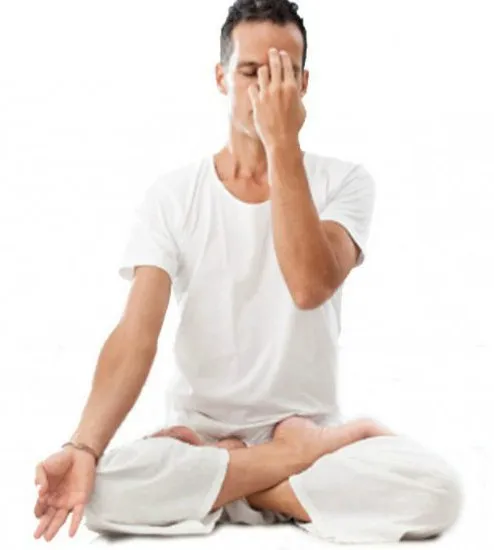
Frequently Asked Questions
Question: What is SLE?
Answer: Systemic lupus erythematosus (SLE), is the most common type of lupus. SLE is an autoimmune disease in which the immune system attacks its own tissues, causing widespread inflammation and tissue damage in the affected organs. It can affect the joints, skin, brain, lungs, kidneys, and blood vessels.
Question: What are the causes of SLE?
Answer: The causes of SLE are unknown, but are believed to be linked to environmental, genetic, and hormonal factors.
Question: What is the Ayurvedic treatment for SLE?
Answer: Treatment aims at producing healthier Rakta dhatu and in the presence of Agni, and thus improves the Vyadhikshamatva of the individual.
Was this Page Helpful?
So IAFA Root-Cause Treatment for Your SLE is Just 3 Steps Away!

01. Connect With Us
Share your history of illness or Book your appointment

02. Consult With Us
Dr. Gupta a certified Ayurvedic Allergist Consultant

03. Root Cause Treatment
Get an accurate diagnosis, medicines, diet & lifestyle change
SLE – Case Studies
Real Case Studies of Successfully Treated Patients from All Around the World by IAFA Ayurveda®

5-Year-Old Shih Apso Dog Recovered from Canine Peripheral Neuropathy – A Case Study
This case study presents a 5-year-old Shih Tzu-Lhasa Apso crossbreed dog (pet)…
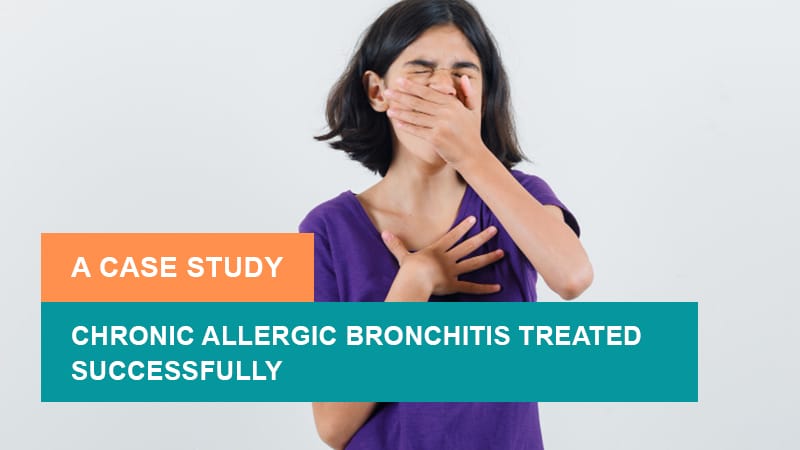
9 Year Old Female Patient Recovered from Chronic Allergic Bronchitis – A Case Study
This case study presents a 9-year-old female patient who has successfully recovered…
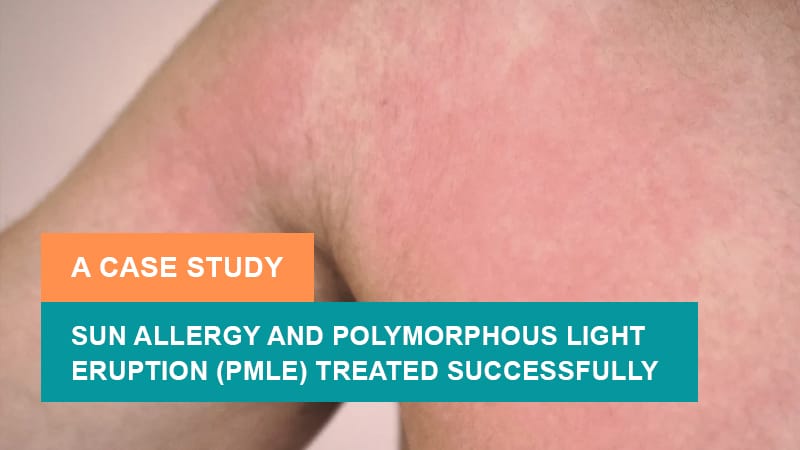
12-Year-Old Child Recovered from Sun Allergy and Polymorphous Light Eruption (PMLE) – A Case Study
This is a case study of a 12-year-old child who has successfully…

40-Year-Old Female Patient Recovered from Dyshidrotic Eczema and Onychomycosis – A Case Study
This case study highlights the successful recovery of a 40-year-old female patient…
Read More Articles
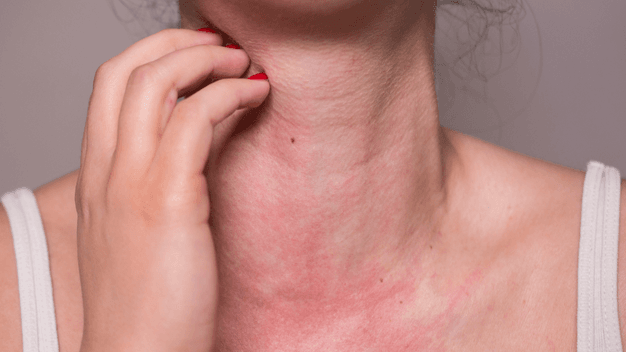
Polymorphous Light Eruption (PMLE)
Discover Ayurvedic treatment for Polymorphous Light Eruption (PMLE). Learn about its causes,…
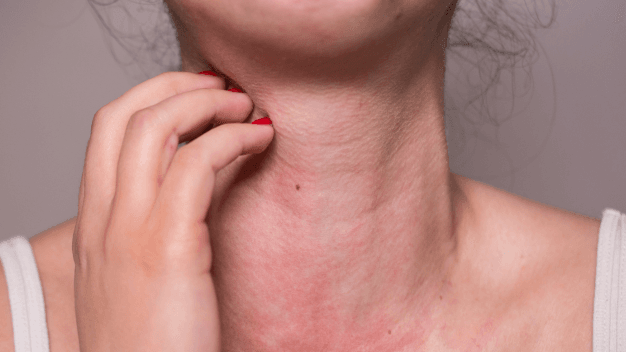
Mast Cell Diseases
Discover Ayurvedic treatment for Mast Cell Diseases, including types, causes, symptoms, and…

High Immunoglobulin-E (IgE) Levels
Discover Ayurvedic treatment for high Immunoglobulin-E (IgE) levels. Learn about the causes,…

